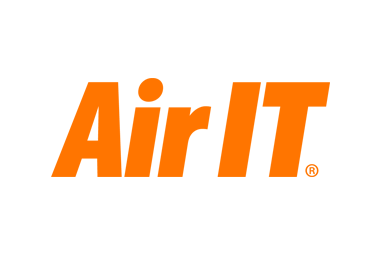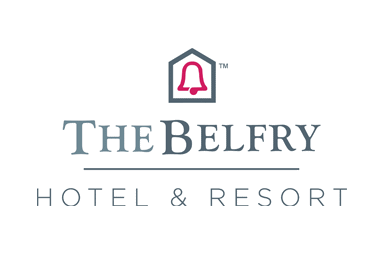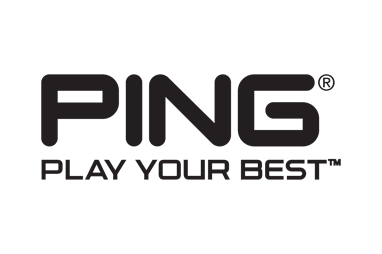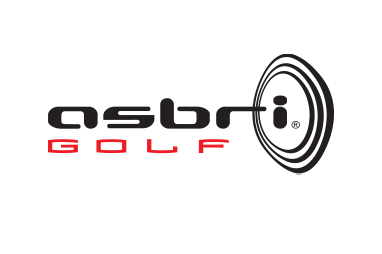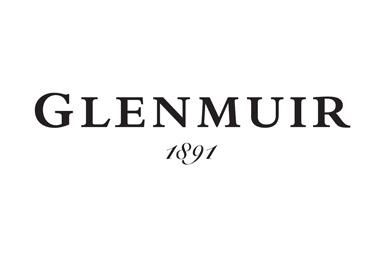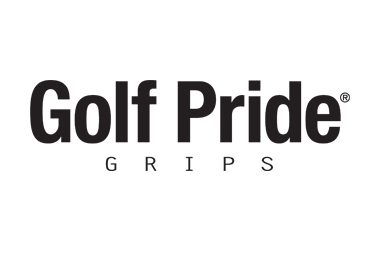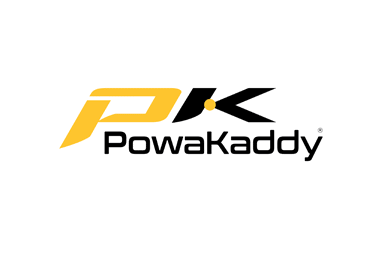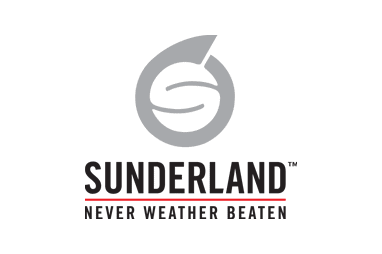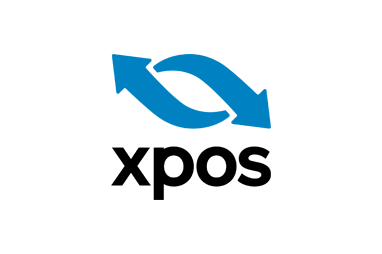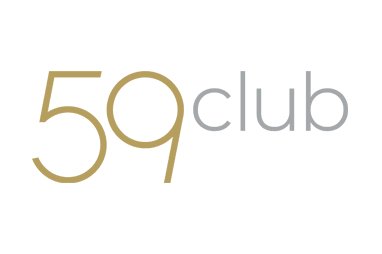Social media proving handy for Andy
04/12/2017
 Aside from the coaching skills that have been honed, polished and refined for almost three decades, the addition of two factors that are unmistakably synonymous with the 21st century have helped Andy Gorman’s business boom.
Aside from the coaching skills that have been honed, polished and refined for almost three decades, the addition of two factors that are unmistakably synonymous with the 21st century have helped Andy Gorman’s business boom.
One is the poster girl of post millennium women’s golf, Charley Hull; the other is social media.
His association with the former and adept use of the latter means Gorman, who is based at Wishaw Golf Club, is becoming the go-to guru for golfers with short game ills or those seeking improvement.
There was also some sage advice from a business consultant.
“I was told my USP was putting and short game coaching an add-on feature,” recalled Gorman, who turned pro in 1990.
“Putting and short game for you is a big deal. You don’t have to learn anything. Just do it. Don’t do anything else.
“I’d done swing coaching for ever. To some degree I fell into putting because I started asking more questions about it.
“That’s because I developed the yips. From 1994 to 2001 I never knew when they were going to hit me.”
Having been advised as to which way his career as a golf coach should go, a chance meeting at Woburn with Hull’s father, Dave, during the Travis Perkins Masters, lit the blue touch paper.
“Charley was playing in the pro-am before she turned pro. That was the year she went to Q School which was 2011.
“Dave and I were having a chat – he asked me who I was working with. Some of them were Alan Partridge’s students at Wishaw, including Elizabeth Mallett, a future Ladies European Tour player.
“Alan is the head PGA pro at the club and Elizabeth and Charley were a similar age and knew each other. Dave was interested because I was working with her.
“So I went and had a look on Charley on the greens then in the Women’ British Open. She putted well on day one, not so much on the second day. She realised her shortcomings were putting as soon as she been at Q School. So we spent the next 18 months working really closely until she went to America.”
The association with Hull put Gorman on the map in terms of professional golfers and players from the European, EuroPro and Jamega Tours now seek his help with both putting and the short game.
“The putting stroke – with the more upright posture which I teach – lends itself to chipping, pitching, three-quarter and bunker shots,” he explained. “There was no need to go past the 100 yards because everyone else was doing the swing.”
That measurement of 100 yards is a key hook as to how Gorman lands clients via social media.
“I market myself through Facebook,” he said. “There’s a method to marketing on Facebook. The format changes all the time – something that didn’t work two years ago is working now but may not work in two year’s time.
“You have to stay ahead of the curve and track what it is you do. I understand a lot more what it costs to get a client.
“I understand what my acquisition costs are. I spend a lot of money on advertising, predominantly on Facebook.
“It’s the market place where everybody is. The majority of the clients I get are coming from there via my website.”
The success Gorman has had marketing himself with Facebook has resulted in a spin-off – The 100 Yards Club.
“Inside 100 yards is 65 per cent of the game – hence the 100 Yards Club. It’s a closed Facebook group and members get to ask questions and some give answers.
“In effect, we’ve created a forum of like-minded people who’ve been having lessons with me for some time. Almost everyone on there is a client of some description. It was launched in July and there are already more than 100 members.”
It’s not just Gorman’s Facebook initiative that is booming, however. Ditto his coaching clientele and the returns.
“I don’t do any group or beginner coaching any more. I set up putting and short game coaching programmes and have increased my hourly rate. As a result I’m having my best year ever. Between April and July my turnover has exceeded the whole of last year. I’ve got a lot to thank social media and Charley Hull for.”

